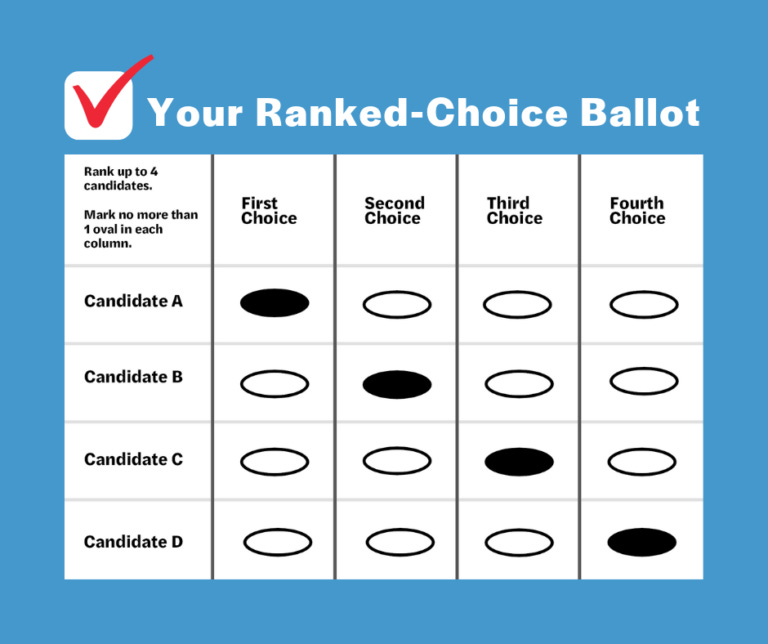In both conservative and progressive circles, Ranked Choice Voting (RCV) has generated considerable discussion. Some view it as a potential remedy for a deeply polarized America, while others see it as a complex system that introduces challenges to the electoral process. As many states are now considering voting reforms, including Ranked Choice Voting, it is crucial to understand the implications of these changes. This article aims to provide an unbiased overview of Ranked Choice Voting, its benefits, and its challenges, allowing voters to make informed decisions.
What is Ranked Choice Voting?
Ranked Choice Voting, also known as Instant- Runoff Voting, is a majority-rule electoral system in which voters rank candidates in order of preference. For a candidate to win, they must secure over 50% of the vote. This differs from the traditional plurality system, where a candidate only needs to receive more votes than any other candidate, even if that total is less than a majority. In races with multiple candidates, the current system allows for a candidate to win with as little as 34% of the vote, or even less, depending on the number of contenders.
In RCV, if no candidate receives more than 50% of the vote in the first round, the candidate with the fewest votes is eliminated. Voters who selected the eliminated candidate as their first choice will have their votes transferred to their second choice. This process continues until a candidate achieves a majority.
Benefits of Ranked Choice Voting
One of the key advantages of Ranked Choice Voting is that it encourages broader voter representation. Under the traditional plurality system, a candidate could win an election despite the majority of voters opposing them. Ranked Choice Voting ensures that the winning candidate reflects the preferences of a larger portion of the electorate.
Additionally, this system can reduce the need for runoff elections. Runoffs, which are sometimes required when no candidate reaches a minimum vote threshold, often suffer from low voter turnout and increase election costs. Ranked Choice Voting serves as an “instant runoff”, streamlining the process and potentially leading to more efficient election outcomes.
Another benefit is that it encourages coalition-building among candidates. Rather than solely focusing on first-choice votes, candidates may also seek to be the second or third choice of voters, promoting more inclusive and less adversarial campaigns.
Challenges and Considerations
Despite its benefits, Ranked Choice Voting is not without challenges. Implementing the system can be resource-intensive, often requiring additional time to count and transfer votes during each round. In some cases, election results may be delayed, raising concerns about voter confidence in the integrity of the process. This could be especially challenging in states where infrastructure may not yet be equipped to handle the complexities of Ranked Choice Voting.
There is also limited data on how well Ranked Choice Voting functions on a national scale. While it has been successfully implemented in local elections, the impact on larger, more complex elections remains to be seen. Critics argue that while the traditional voting system may have its flaws, it is familiar and predictable. Introducing significant changes could lead to unforeseen complications.
Conclusion
As voters in states such as Colorado, Oregon, and Idaho consider Ranked Choice Voting in the upcoming elections, it is essential to weigh the potential benefits against challenges. Will the system foster greater voter representation and reduce polarization, or will it create new complications in the election process? These are questions that only time and experience can fully answer. In the meantime, it is up to well-informed voters to decide whether to embrace this new approach to voting.




